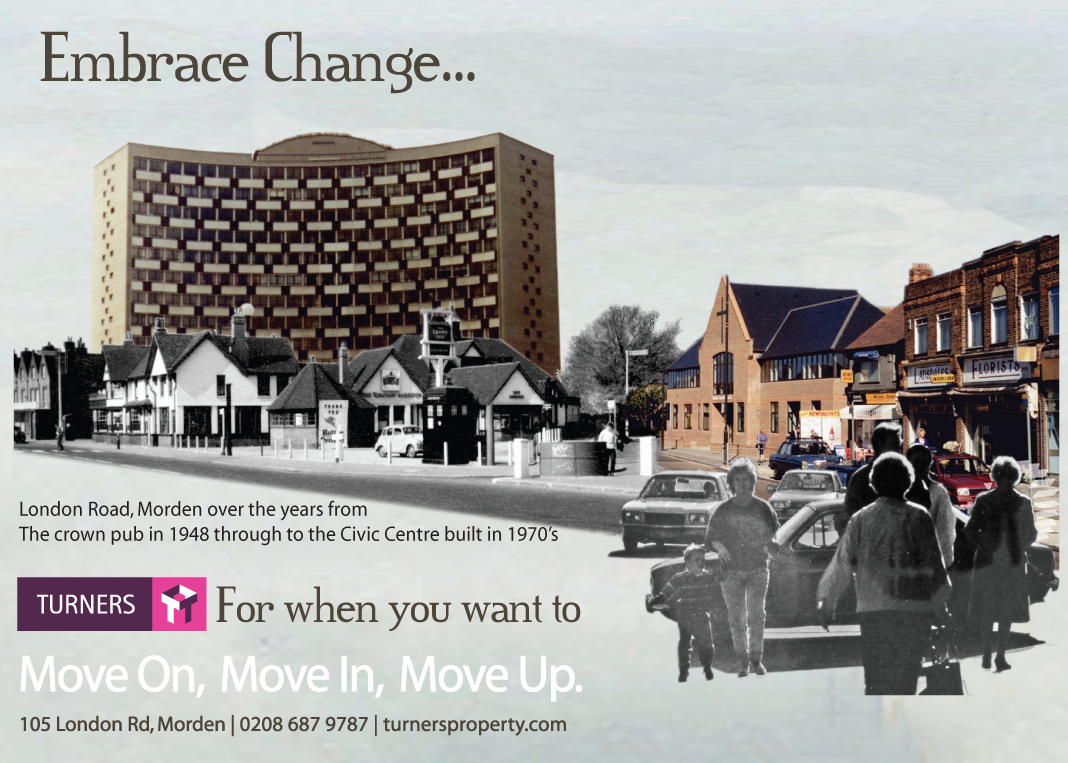St Helier Estate Area Guide
St Helier Estate – An Overview
Developed in the 1930’s the St Helier Estate was built to re-house many of inner-London’s residents who were living in decaying properties partly as a result of the First World War. Split between the London Boroughs of Merton & Sutton the estate was one of the largest housing developments in Europe when it was built.
Made up of mainly two and three bedroom family homes with one bathroom, (and possibly downstairs loo), as well as reception room and dining rooms or through lounges, homes on the St Helier Estate would suit one-child families, young couples or retirees. As a buy-to-let we would recommend marketing to young professionals working in the surrounding areas who perhaps prefer to drive rather than commuting by public transport but who still want easy access into central London.
This is very much borne out by Merton Councils demographic studies showing that the St Helier Estate is over 65% privately owned or rented and that over 70% of its residents are economically active which reflects the age group of most residents being between 25 and 65.
Houses prices for the estate have been sporadic but ultimately seen steady increases over the last ten years and certainly when buying or investing in the St Helier Estate the estate agents adage of buying the worst house in the best street would guide you well in your investment.
History of the St Helier Estate
Designed by the RIBA award winning landscape architect, Edward Prentice Mawson, the St Helier Estate recognised the need to provide people with spacious, light, green townscapes for healthy living.
The land was acquired by the London County Council through compulsory purchase orders much to the chagrin of some of the local landowners. However it was very much inspired by the more forward thinking landowner John Innes who had already developed Merton Park into a fashionable middle class suburb. Mawson wanted to recreate the success of the Garden Suburbs for the working classes. As such the houses in the St Helier Estate are typical in 1930’s domestic architectural design and many are built as cul-de-sacs around green squares.
While today we may regard the St Helier Estate as rather unremarkable it is worth looking at original documents to see how much thought did actually go into the design of the estate.
Houses are predominantly red brick with Georgian proportioned casement and box sash windows, canopied doors and Tudorised gables. Admittedly this could be said to be a rather mix of styles but its aims were to provide the maximum of light and space in these new, family homes.
The use of bay and bow windows in many of the properties is typical of the art deco influence and overall these two and three bedroom houses reflect a period of significant house-building not seen since the Victorian era.
In the current housing market the St Helier Estate represents very good value for money compared to some contemporary builds precisely because of this spaciousness, private gardens and often off-street parking which makes the estate ideal for first time buyers and those with young families.
The St Helier Estate & Beyond
Morden Recreation Ground remains St Helier’s largest green space and has a number of tennis courts, football pitches, bowling greens and children’s play areas. Merton Rugby Club is also based here and has its own clubhouse and welcomes new members to its weekly training sessions.
Schools in the area include St Theresa’s RC Primary School, Malmesbury School and the Harris Academy Merton.
St Helier’s most famous landmark is undoubtedly the St Helier Hospital; founded in 1938 the hospital remains a key provider of jobs in the area. For many years its survival has been contested by political parties though no official documents actually exist to suggest it should be closed down, simply that some services should be reallocated to better equipped hospitals. Certainly this imposing building is a point of contention for local supporters and detractors.
Sutton Arena, recently renamed the David Weir Leisure Centre after a local paralympian, offers all the usually facilities of a leisure centre and is located near the St Helier Open Space, one of the many green areas to be found in the St Helier Estate. Children’s activities at the centre include soft play areas, dancing lessons, gymnastics and swimming.
Bus routes extensively cover the St Helier Estate taking you into Morden, Sutton, Carshalton, Wallington and beyond. Sutton offers a good variety of shops, bars and restaurants and Morden provides easy access into central London and Wimbledon.













